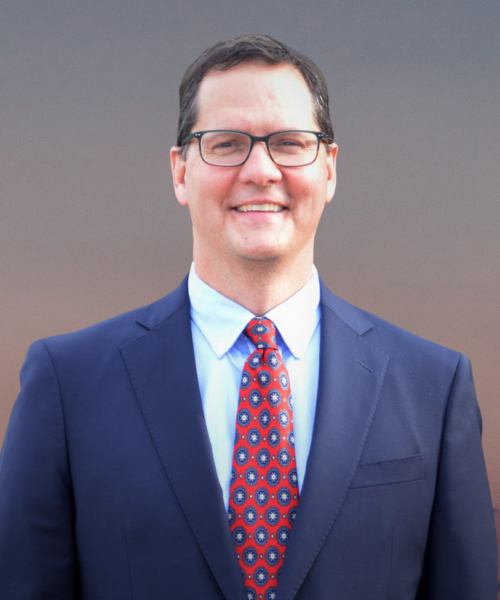Few joys in life can compare to the joy of having a child. For some, though, it can be devastating if something goes wrong, and for T’Miaya Smith, that something happened. Shortly after her son was born, he began having seizures. A head CT scan later revealed ischemic (lack of blood flow) injuries to his brain. A midwife delivered the baby. Smith sued the midwife and her employer, Atlanta Women’s Health Group, for damages, alleging negligent management of the labor and delivery. The trial court granted summary judgment to the defendants. Smith appealed, but on September 7, 2017, the Georgia Court of Appeals concurred with the trial court.
The Four Elements of Medical Malpractice Claims
Though every case is different, generally there are four elements of medical malpractice claims that must be satisfied in order to receive damages. These four elements are (1) Duty of Care; (2) Breach; (3) Causation; and (4) Damages. It may appear simple, but each element can be stripped down and analyzed. The duty of care, in this case, was clearly established. They shared a doctor/patient relationship and, as such, Braswell owed a duty of care to Smith to properly manage both the pregnancy and the labor and delivery of the child. As is so often the case in medical malpractice cases, the problem lied with causation. Without a direct causal link between an alleged breach of duty (also called breach of the standard of care) and the injuries, the element of causation cannot be satisfied. And without causation satisfied, there is neither a case nor justification for an award of damages.
Smith did advance a causation argument, one based on a theory employed by her expert medical witness, Dr. Barry Schifrin. He put forth the theory that the baby was injured due to a combination of factors, what he called “cranial compression ischemic encephalopathy.” Schifrin explained that the ischemia was “caused by ‘mechanical compressive force,'” but in a chapter he wrote on the subject, he said the “overall contribution of [mechanical] forces to ischemic brain injury during labor is difficult to establish, in no small measure because in modern obstetrics necessary details about these various factors are often unmeasured, unrecorded, and not considered.”
This theory, in the end, was determined to be just that: a theory, not peer-reviewed, well-documented science. The trial court excluded Schifrin’s testimony, which was the basis of Smith’s causation. Without his testimony, the trial court said, “an essential element of Smith’s case is absent and summary judgment … must be granted.” The three-judge Court of Appeals panel affirmed the summary judgment in favor of the midwife and Atlanta Women’s Health Group. They, too, found that Schifrin’s theory was unsupported by peer-reviewed literature or specific studies. They also found that other practitioners in his specialty, including those offered as expert witnesses by Smith, did not recognize cranial compression ischemic encephalopathy, and no one could name an incident where it was found to be a cause of brain injury in any other patient.
There is a saying – correlation isn’t causation – which means that just because two or more things appear together they are not necessarily causally related. For example, after I wake up each morning, the sun comes up, but I am fairly confident that my waking up doesn’t cause the sun to come up. There is more to proving the elements of a personal injury or medical malpractice case than what it seems. Just because the sequence of events makes it appear as though one thing caused another, it’s not always the case. These cases and the expert causation issues that often come up can be very difficult to prove and require a great deal of work by the attorney in conjunction with the scientific experts.
When you are seeking a medical negligence claim you want an attorney you can trust who has a proven record of results. Call Jarome Gautreaux of Gautreaux Law to begin your path to recovery. Time is of the essence, so call today for your no-cost consultation.


